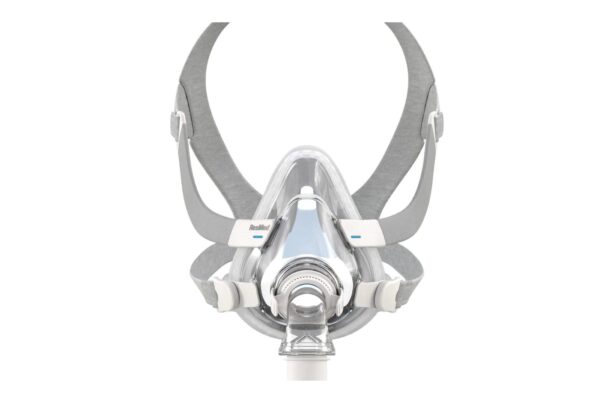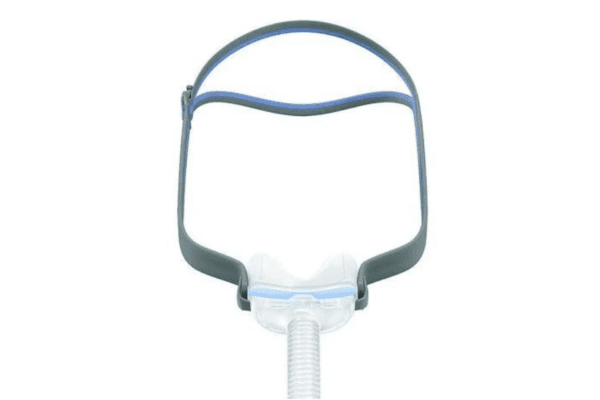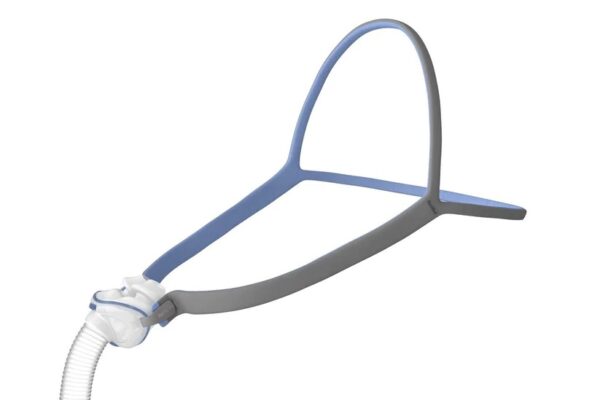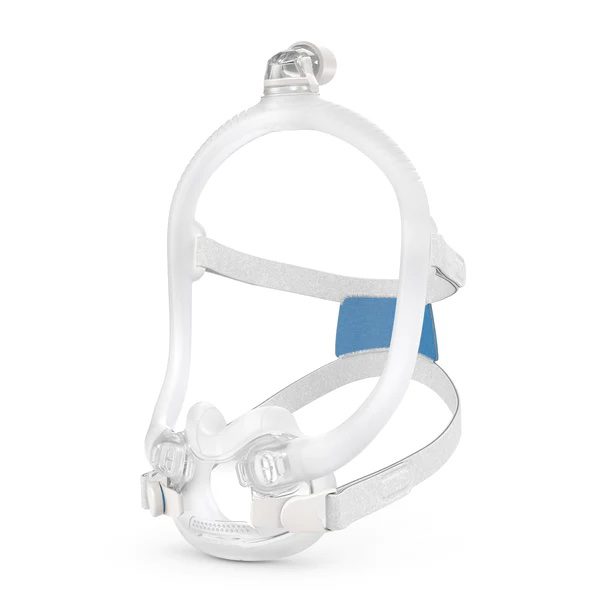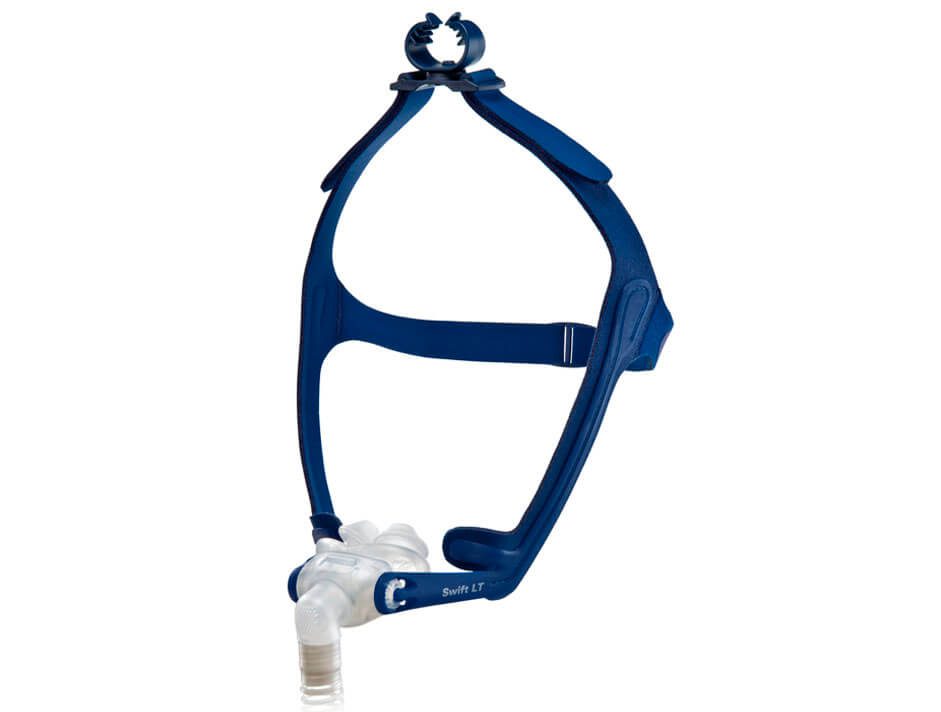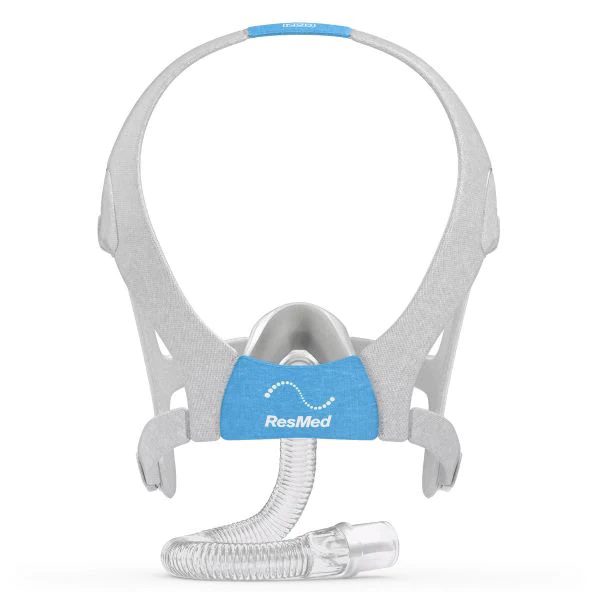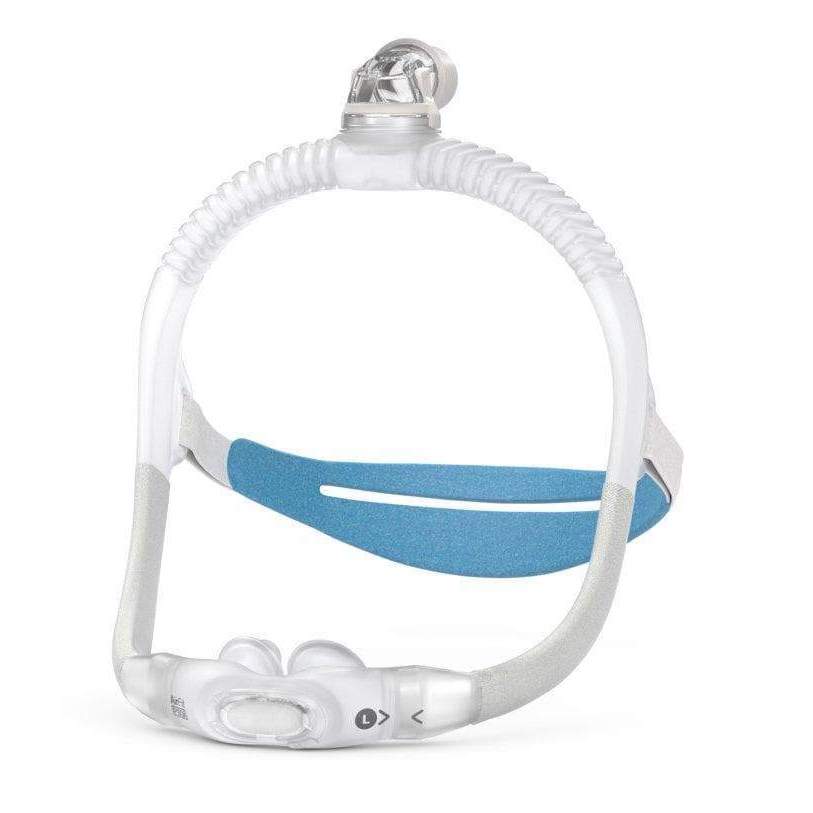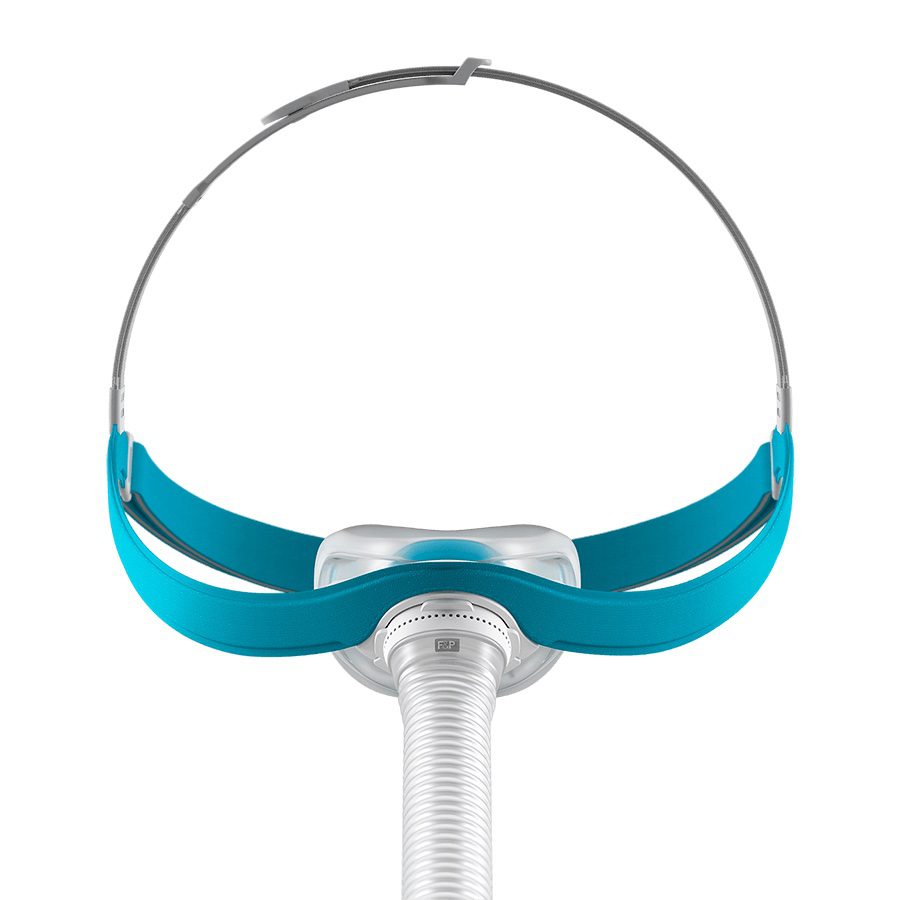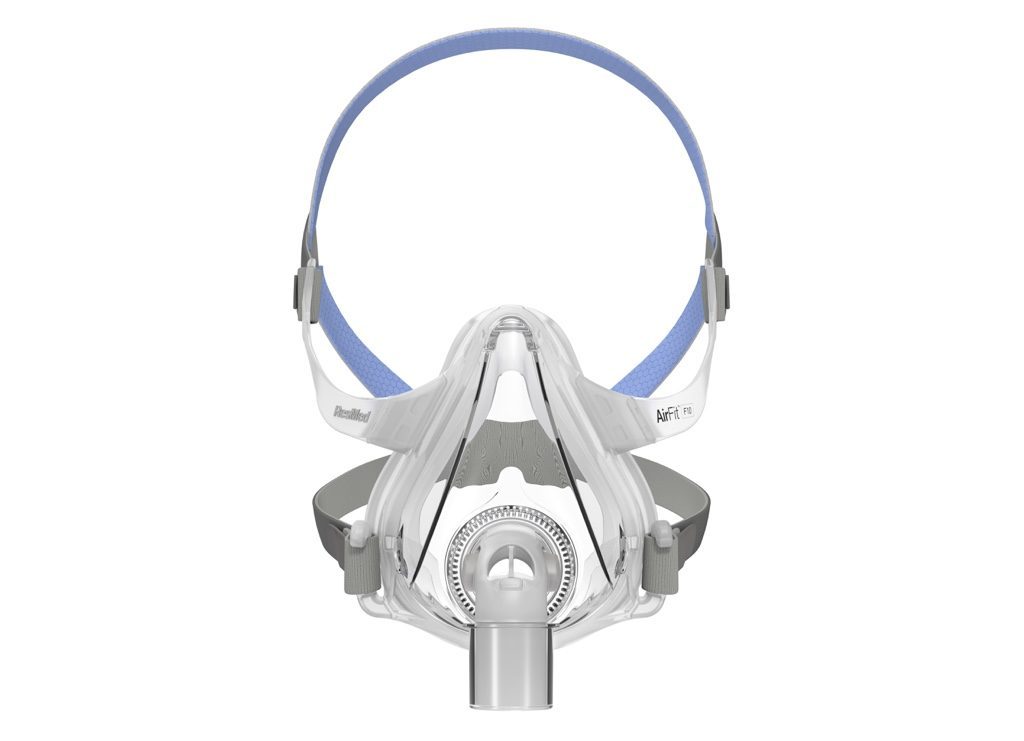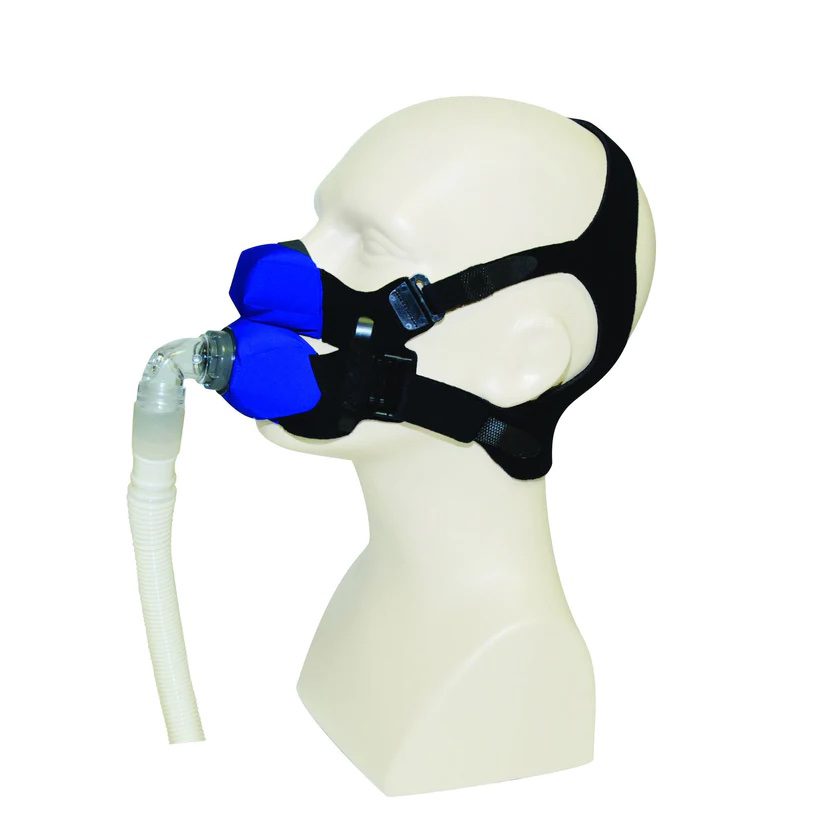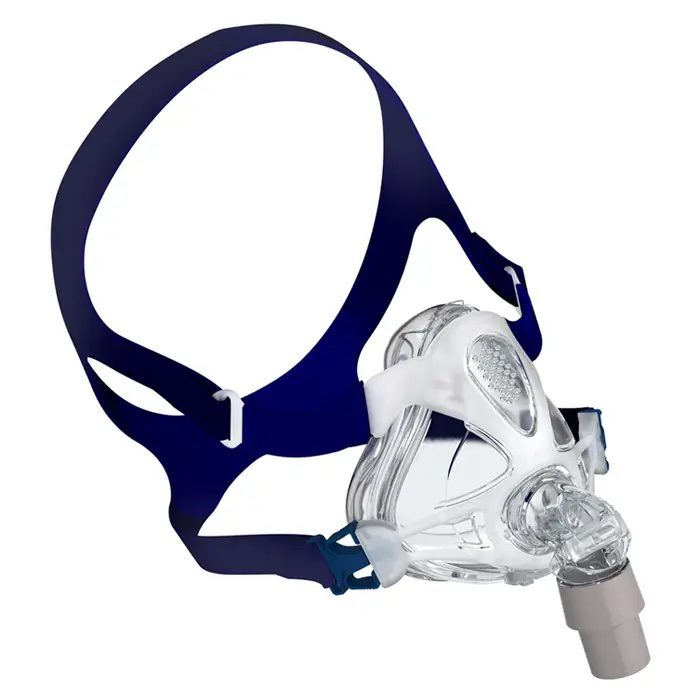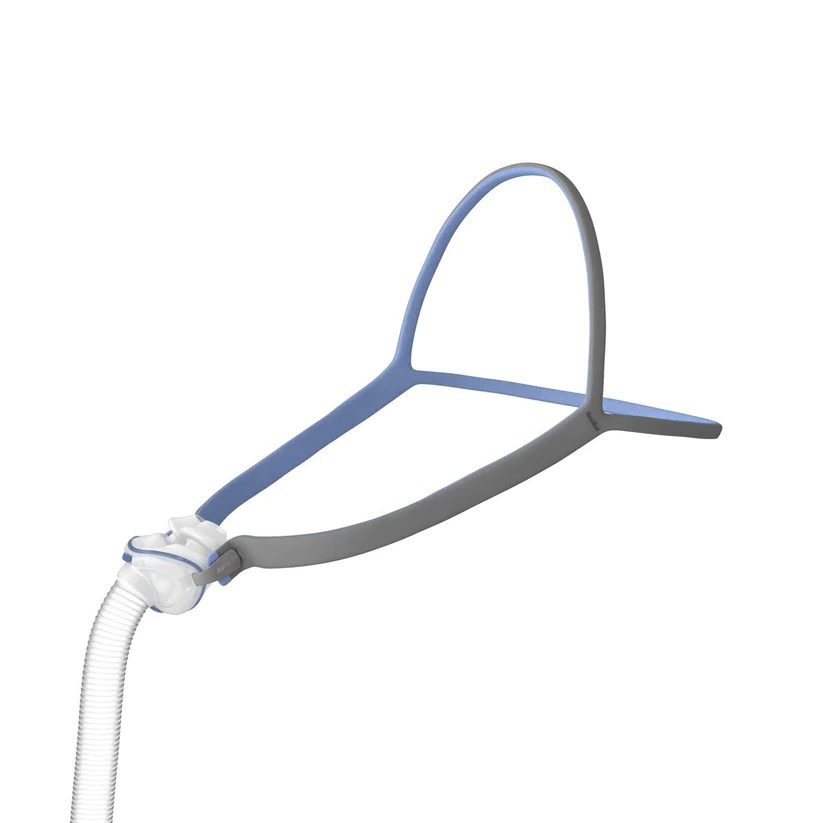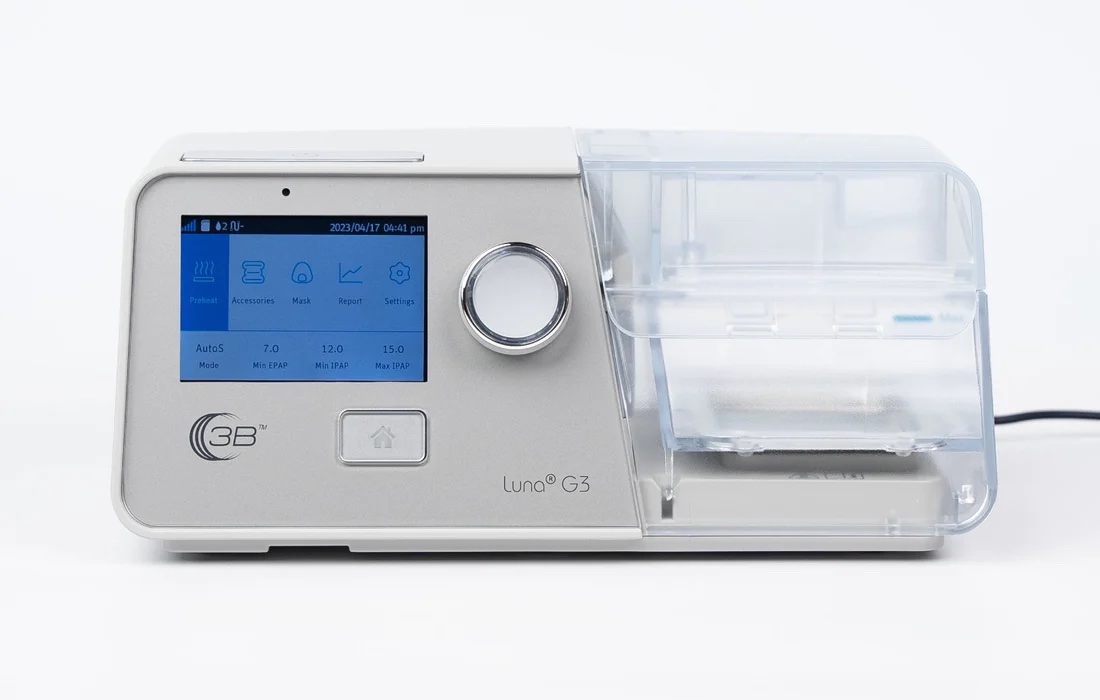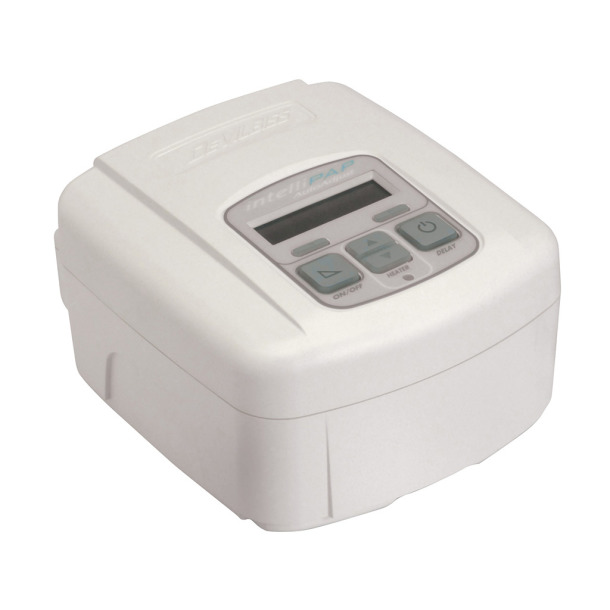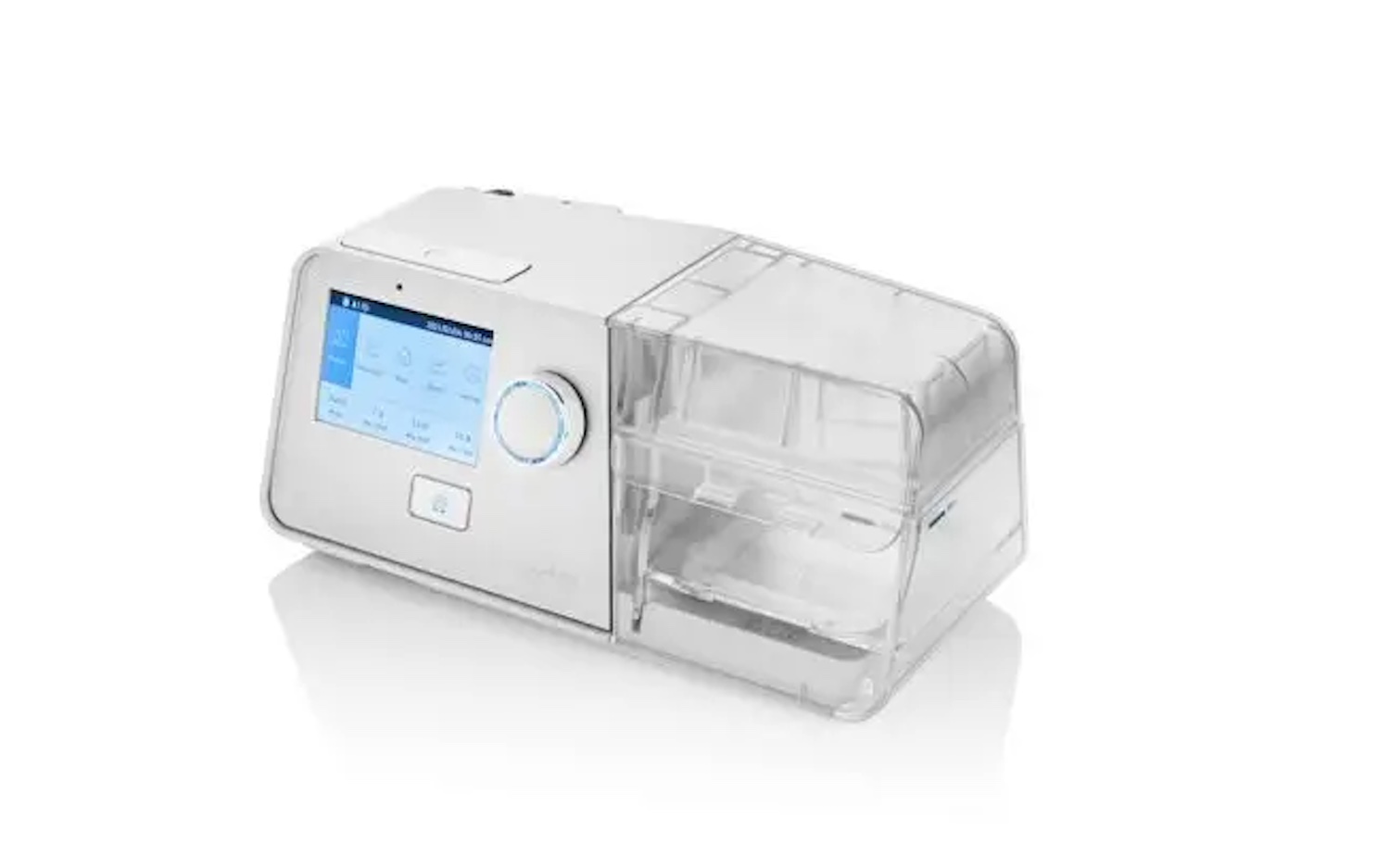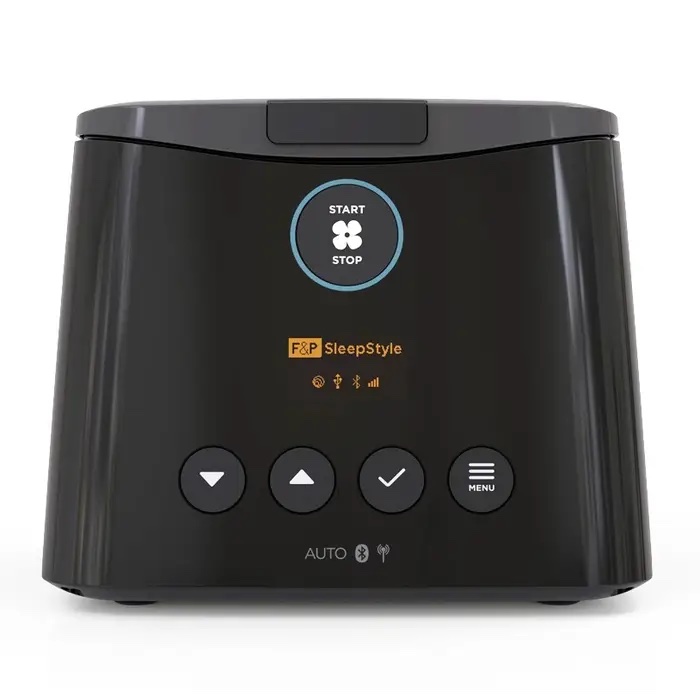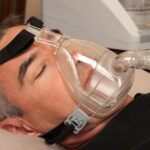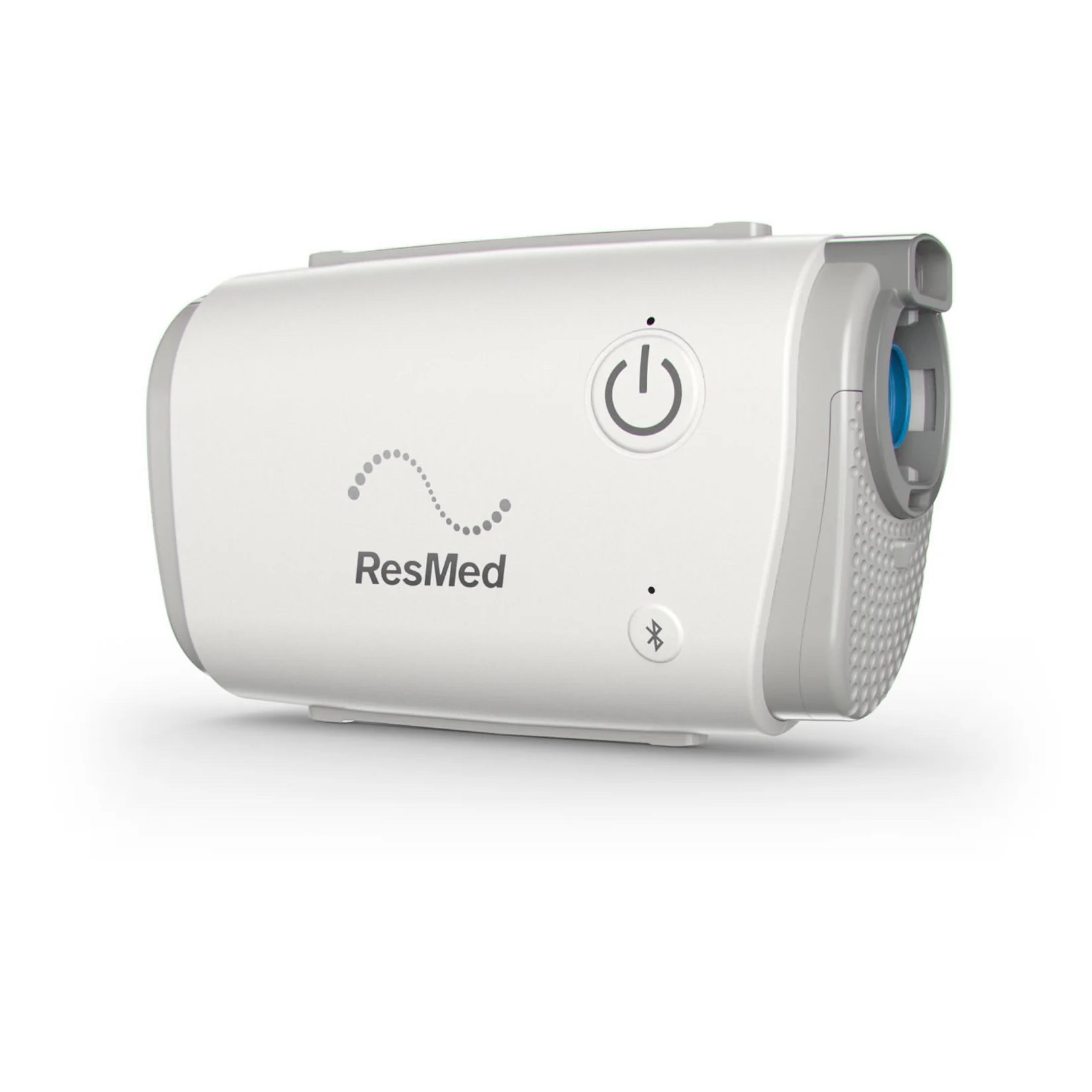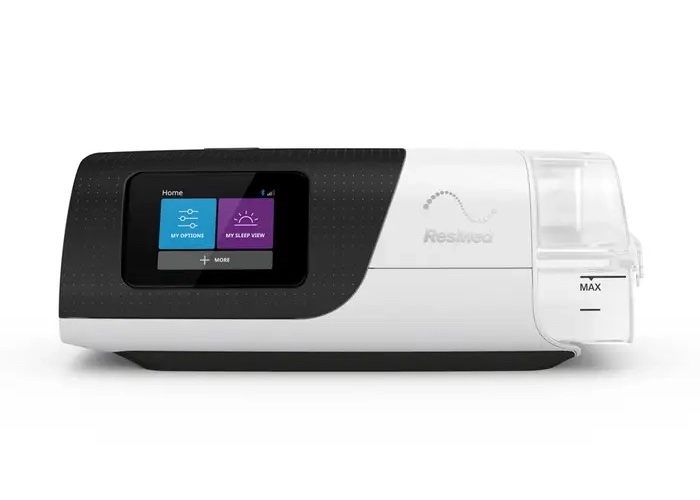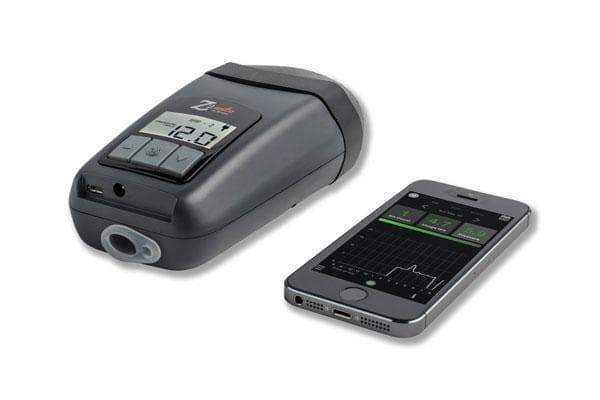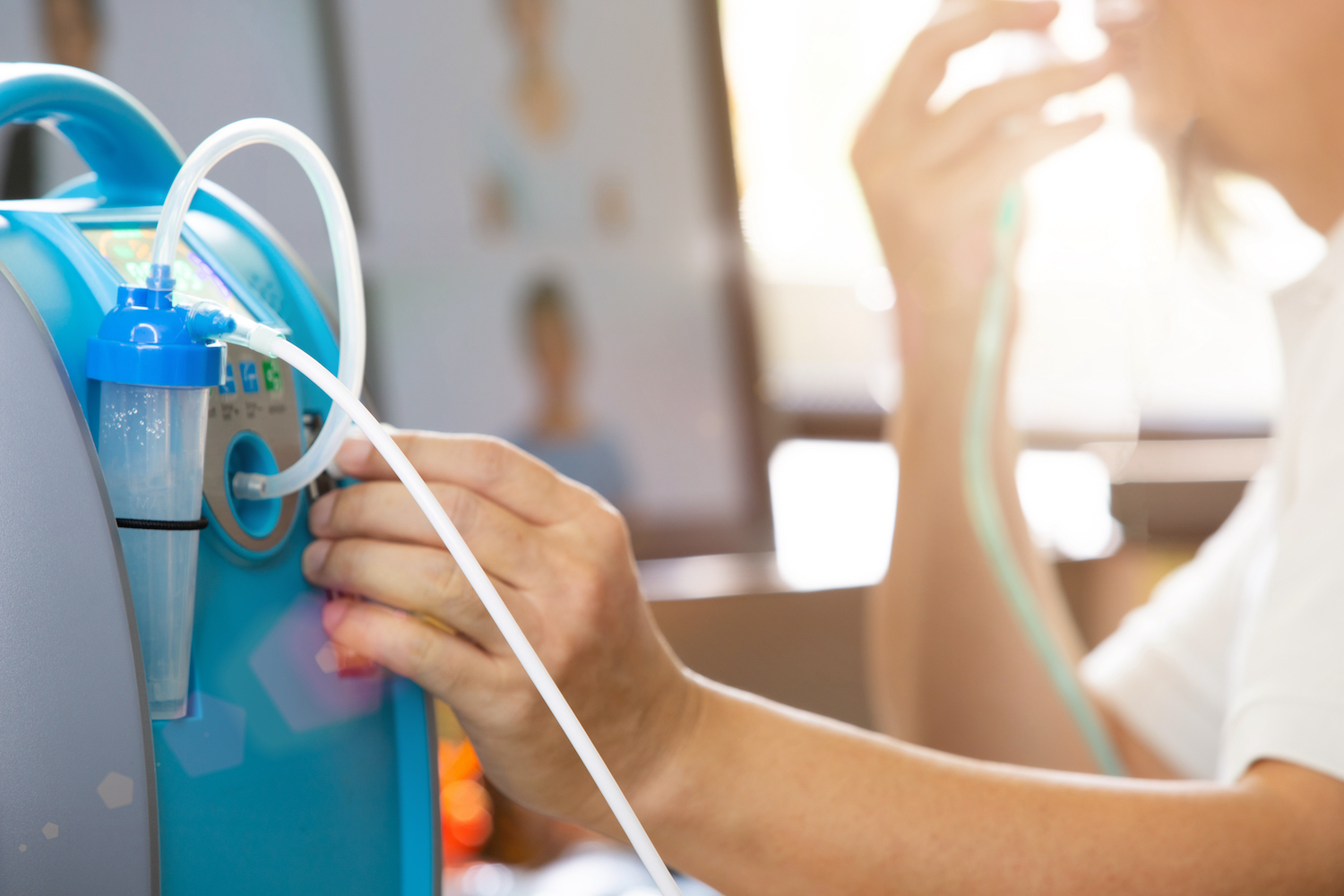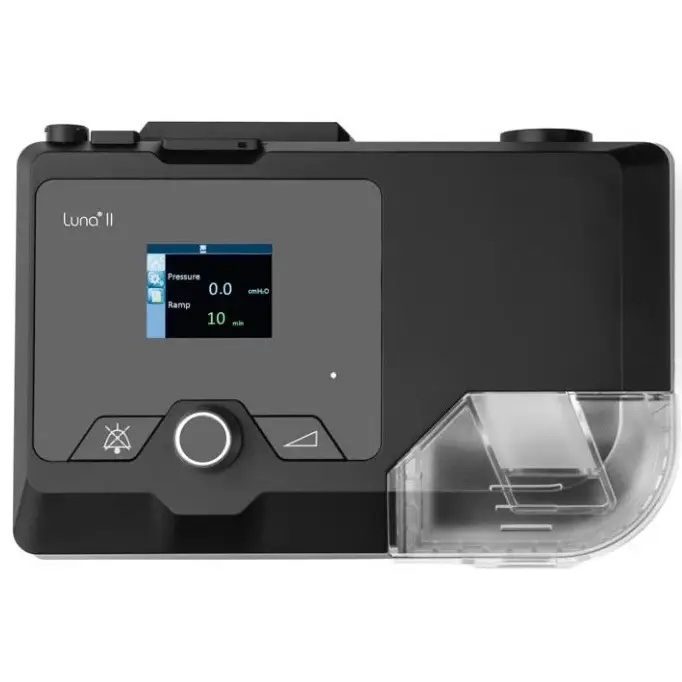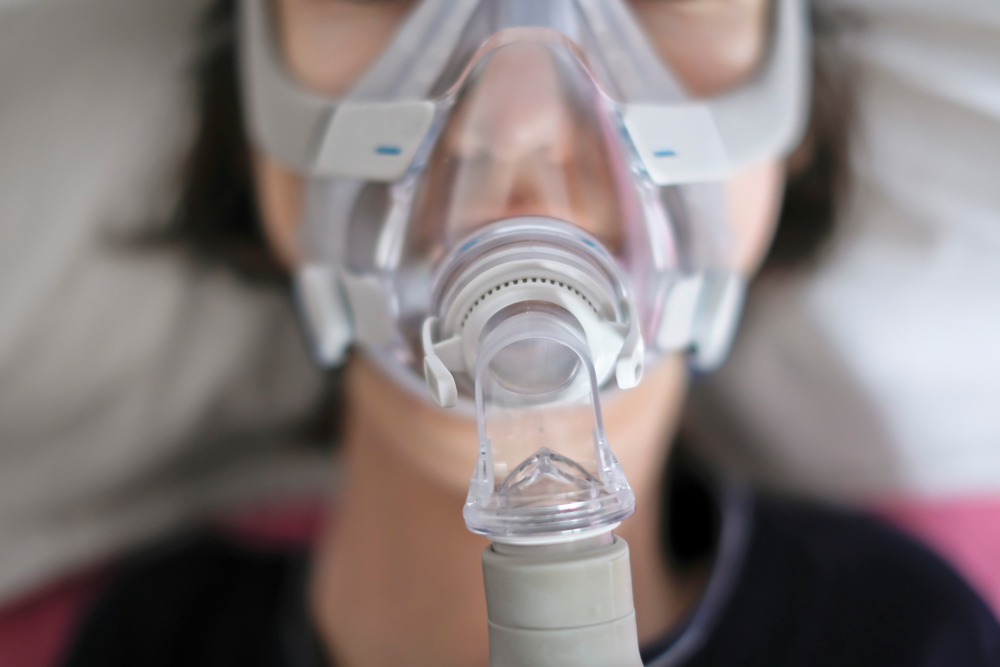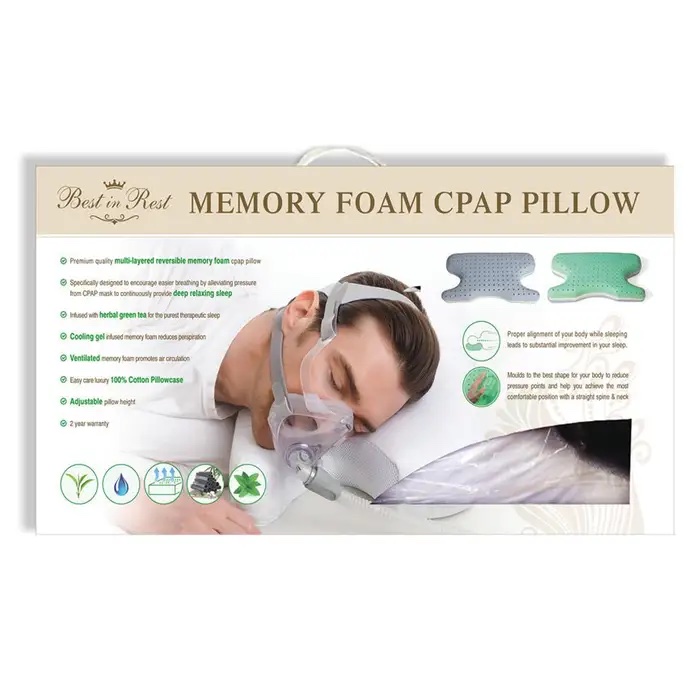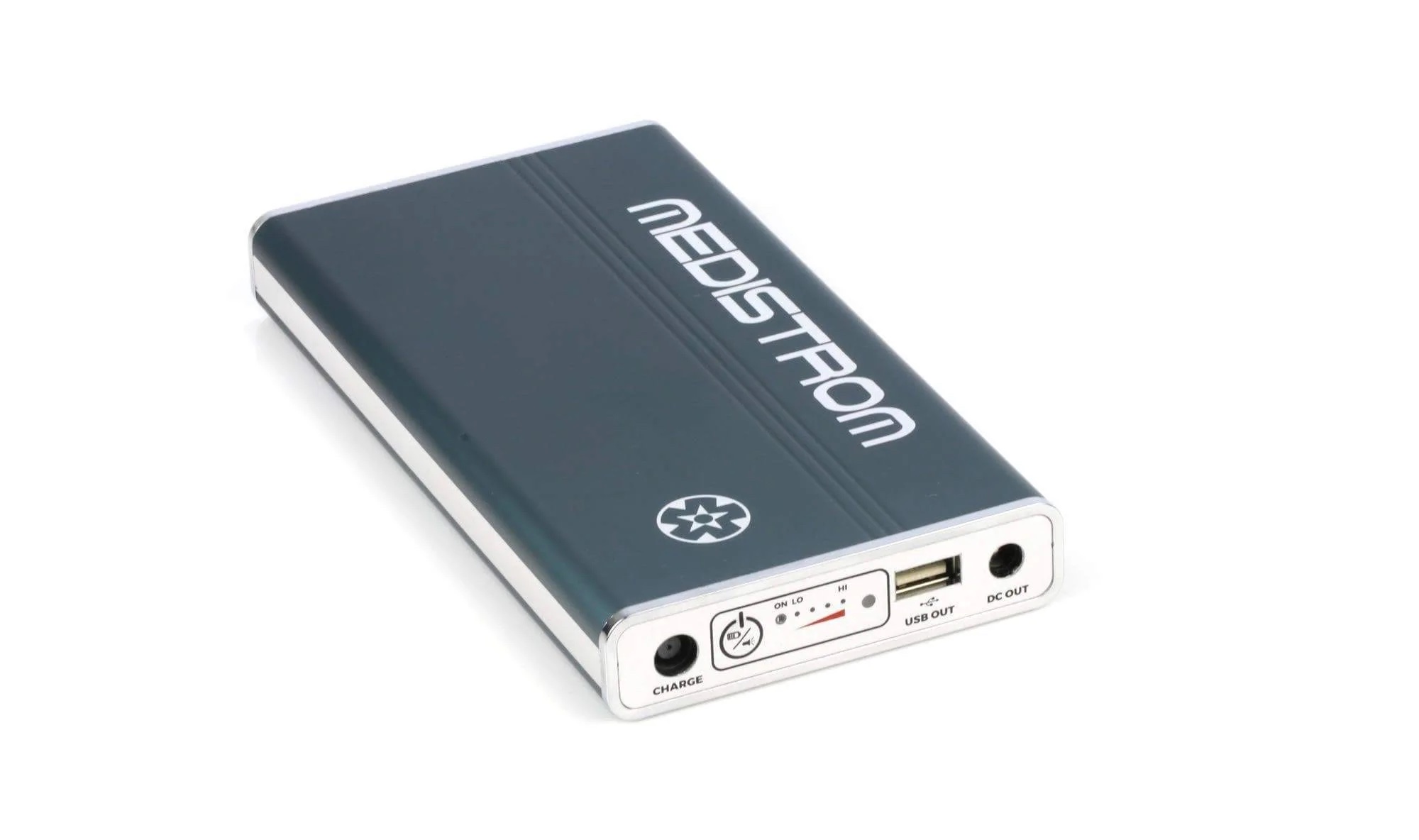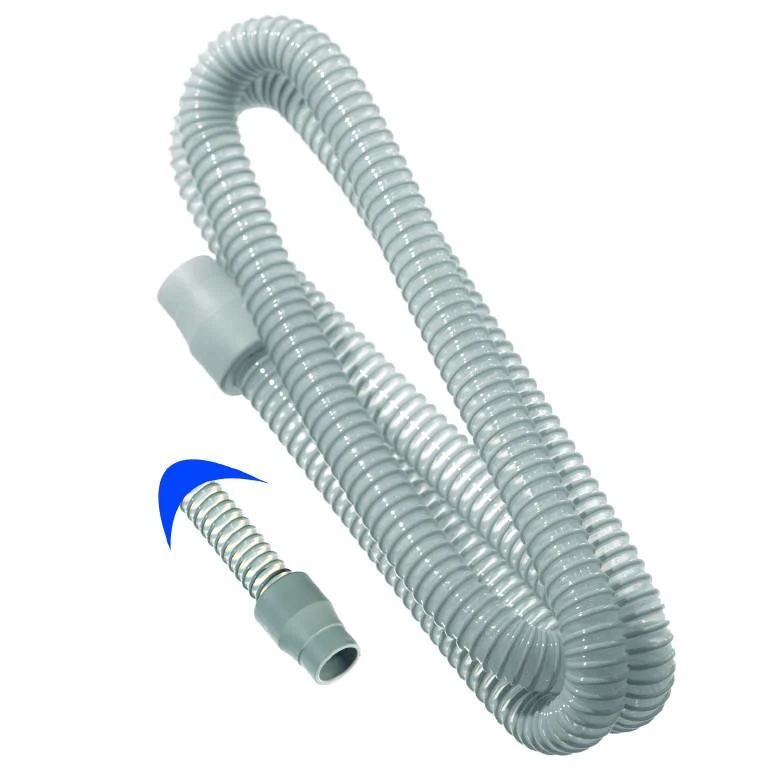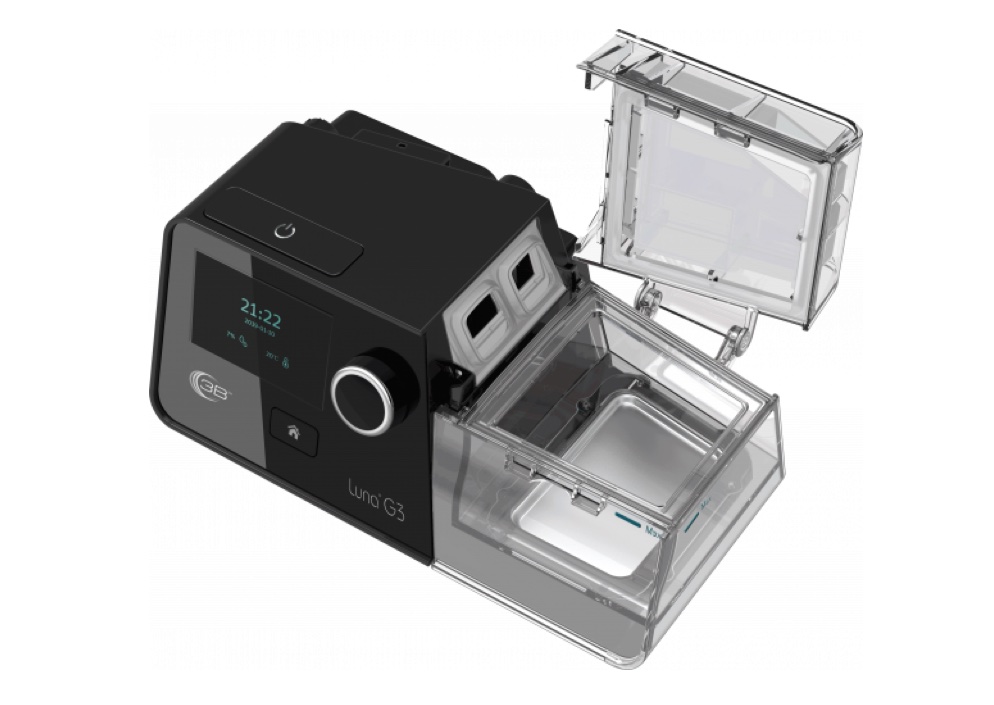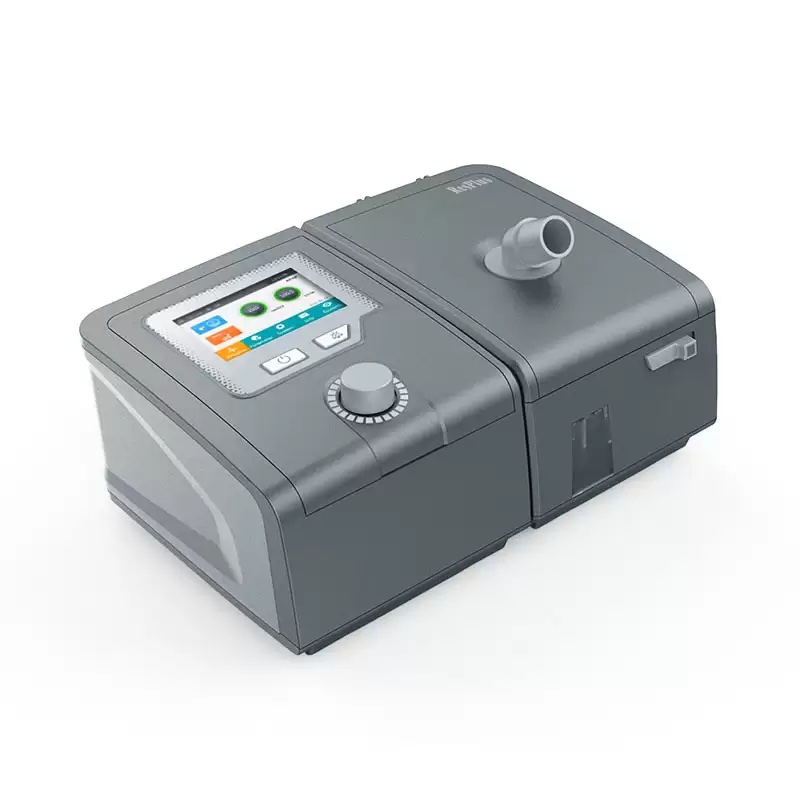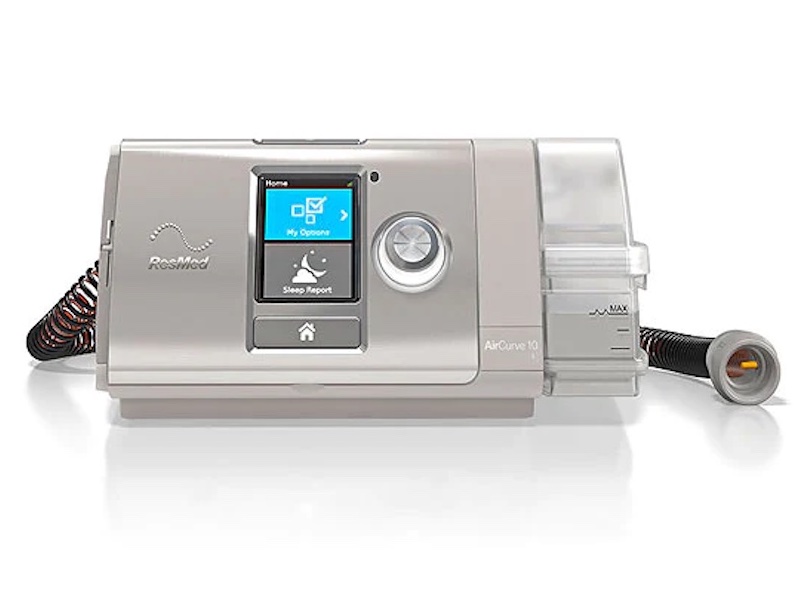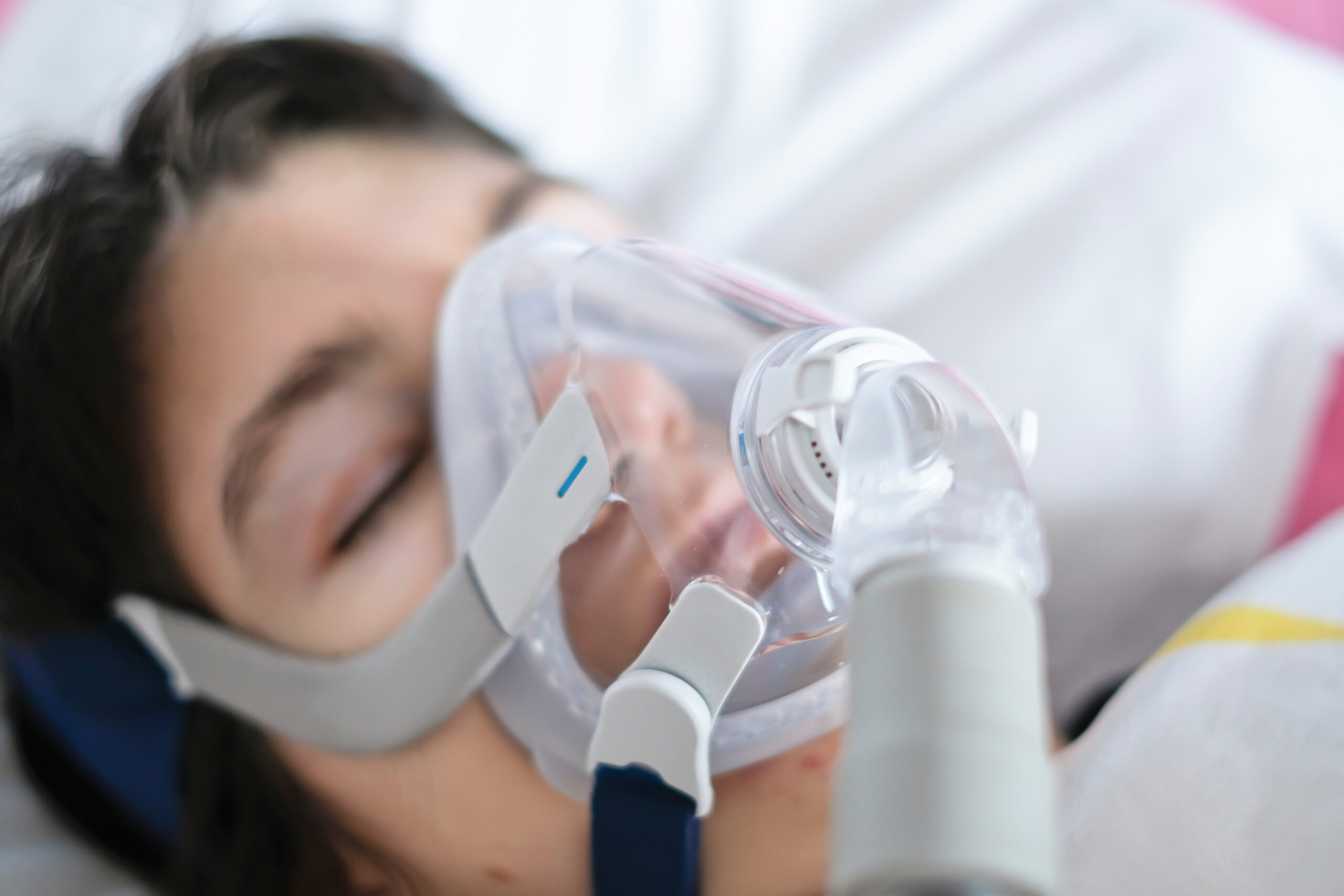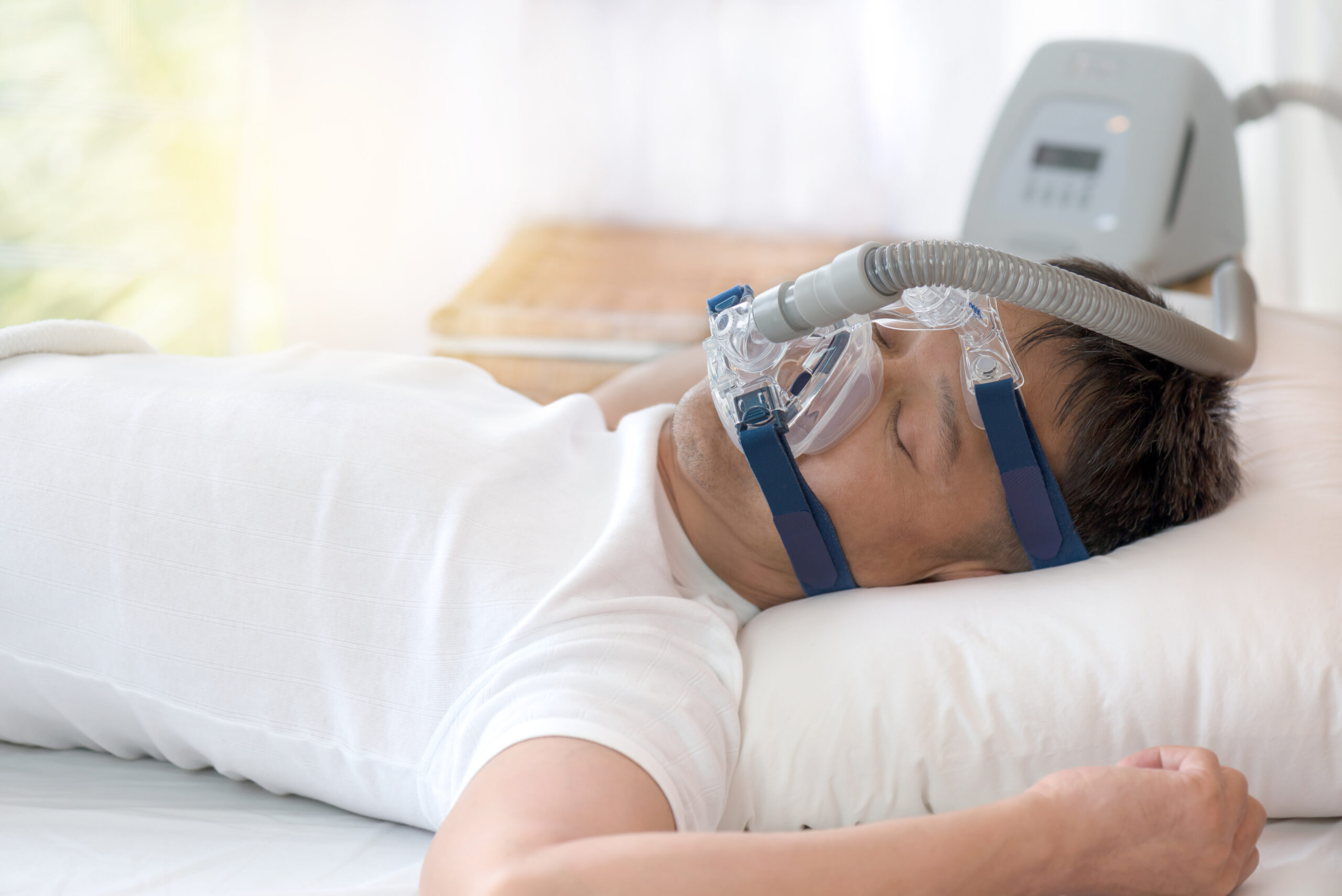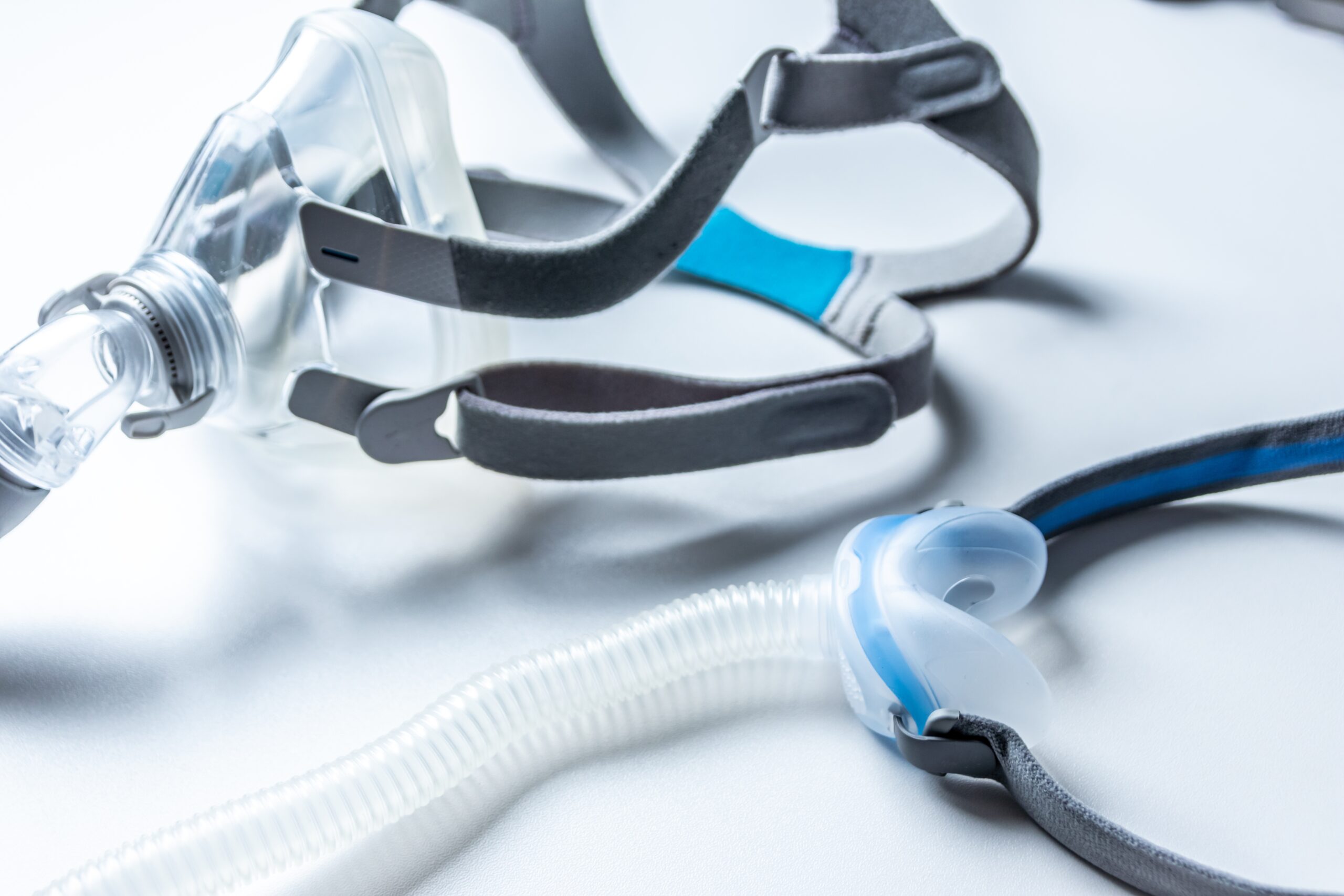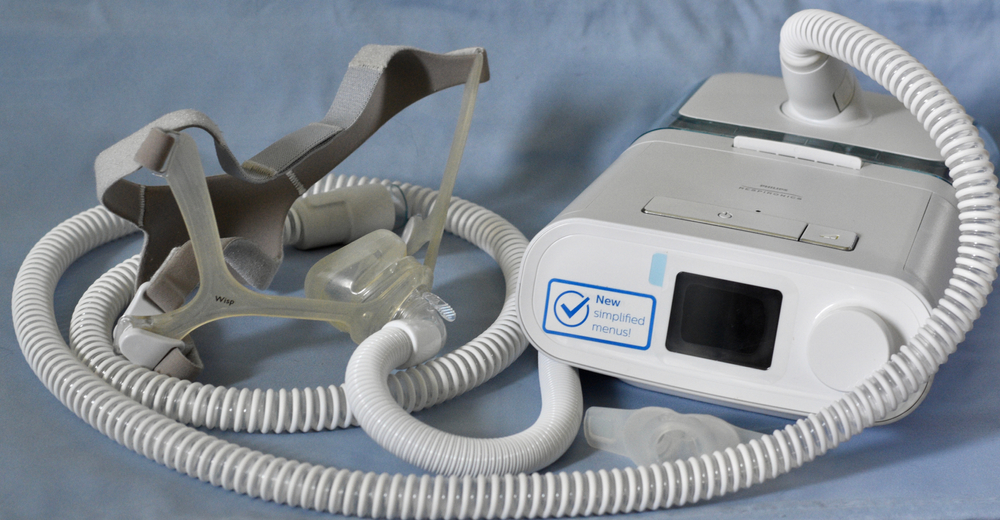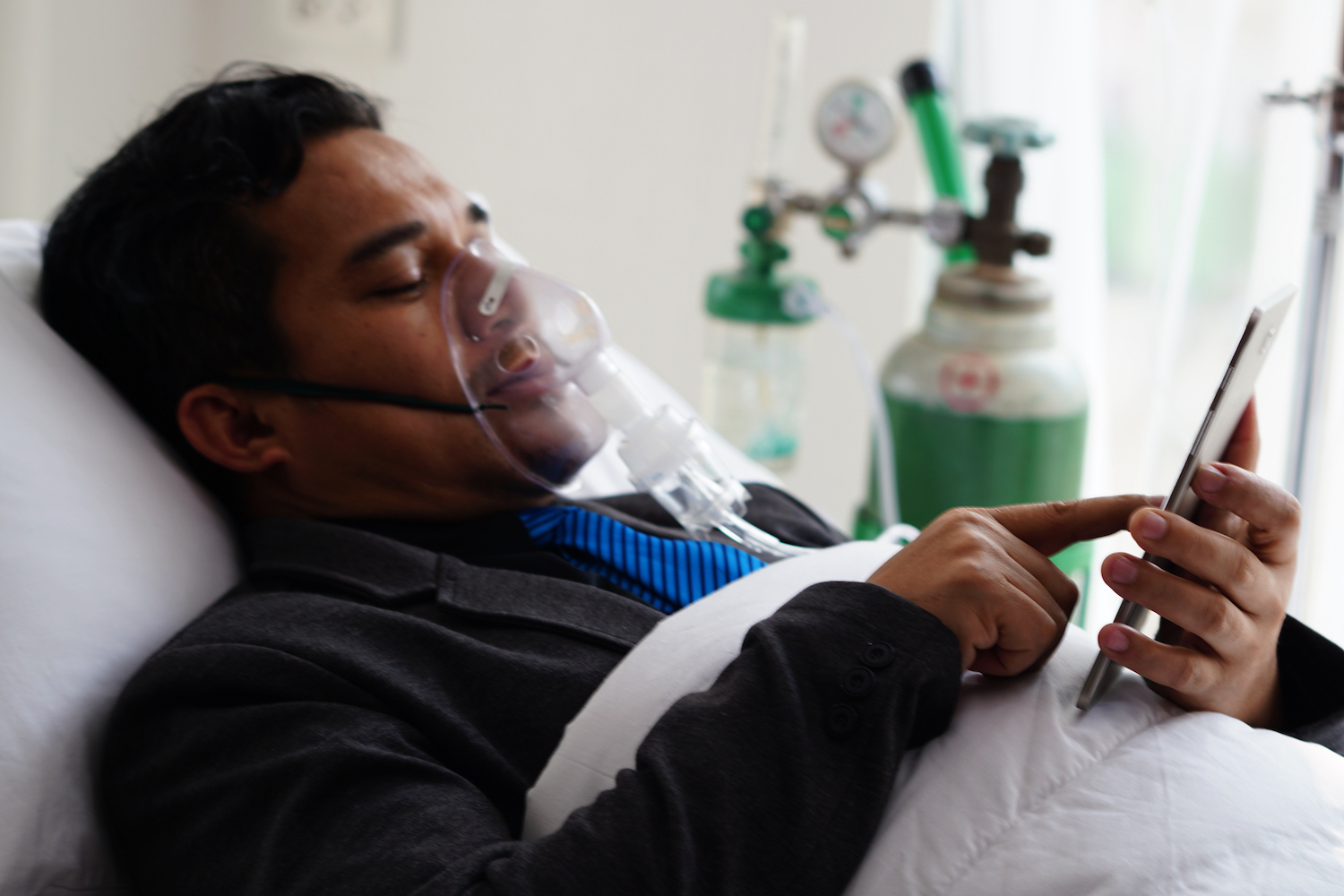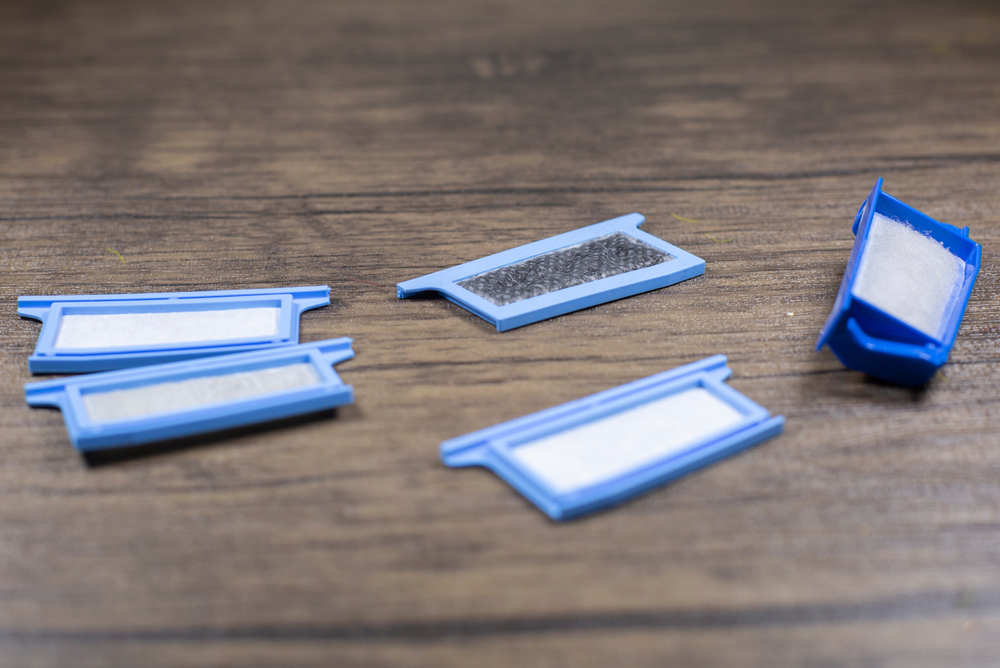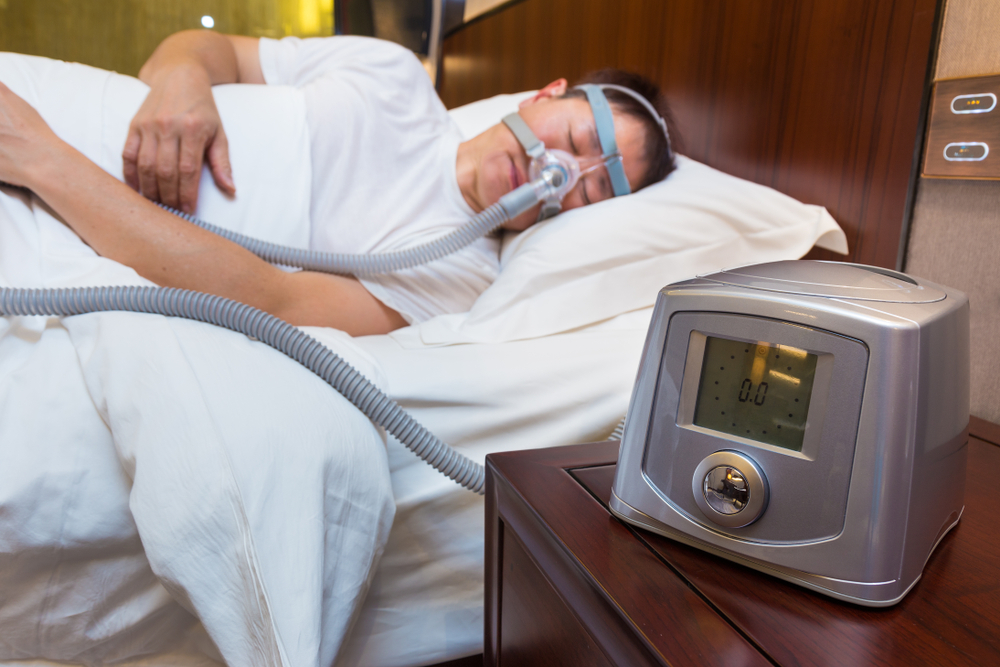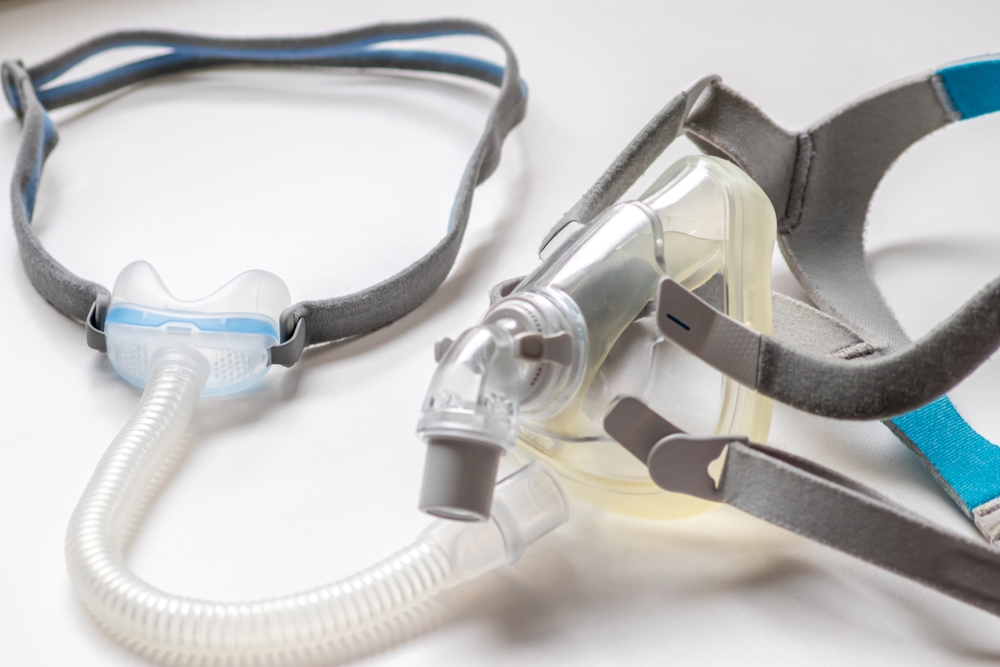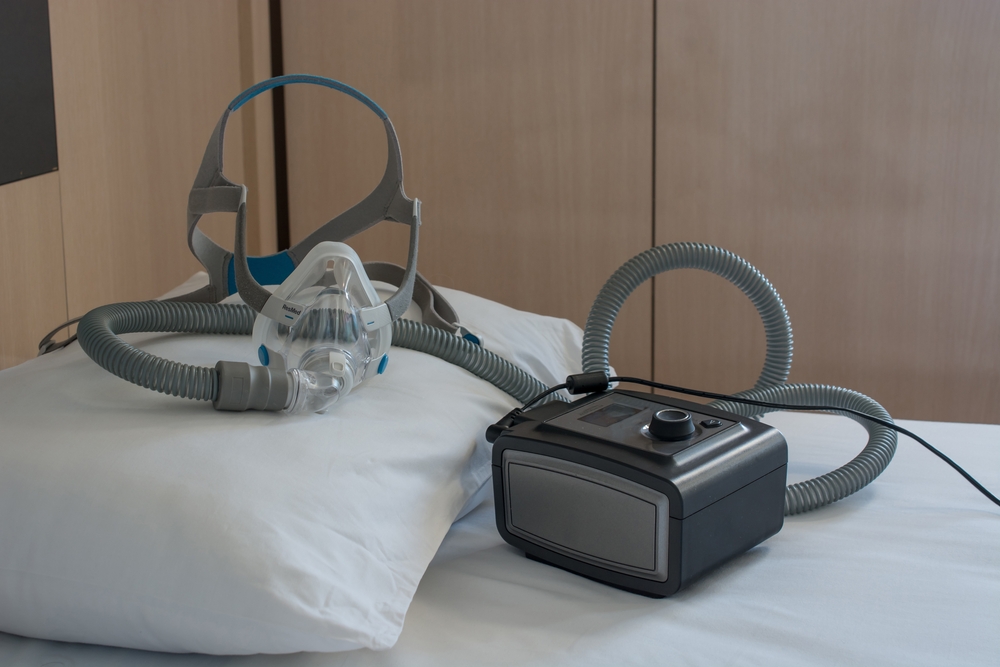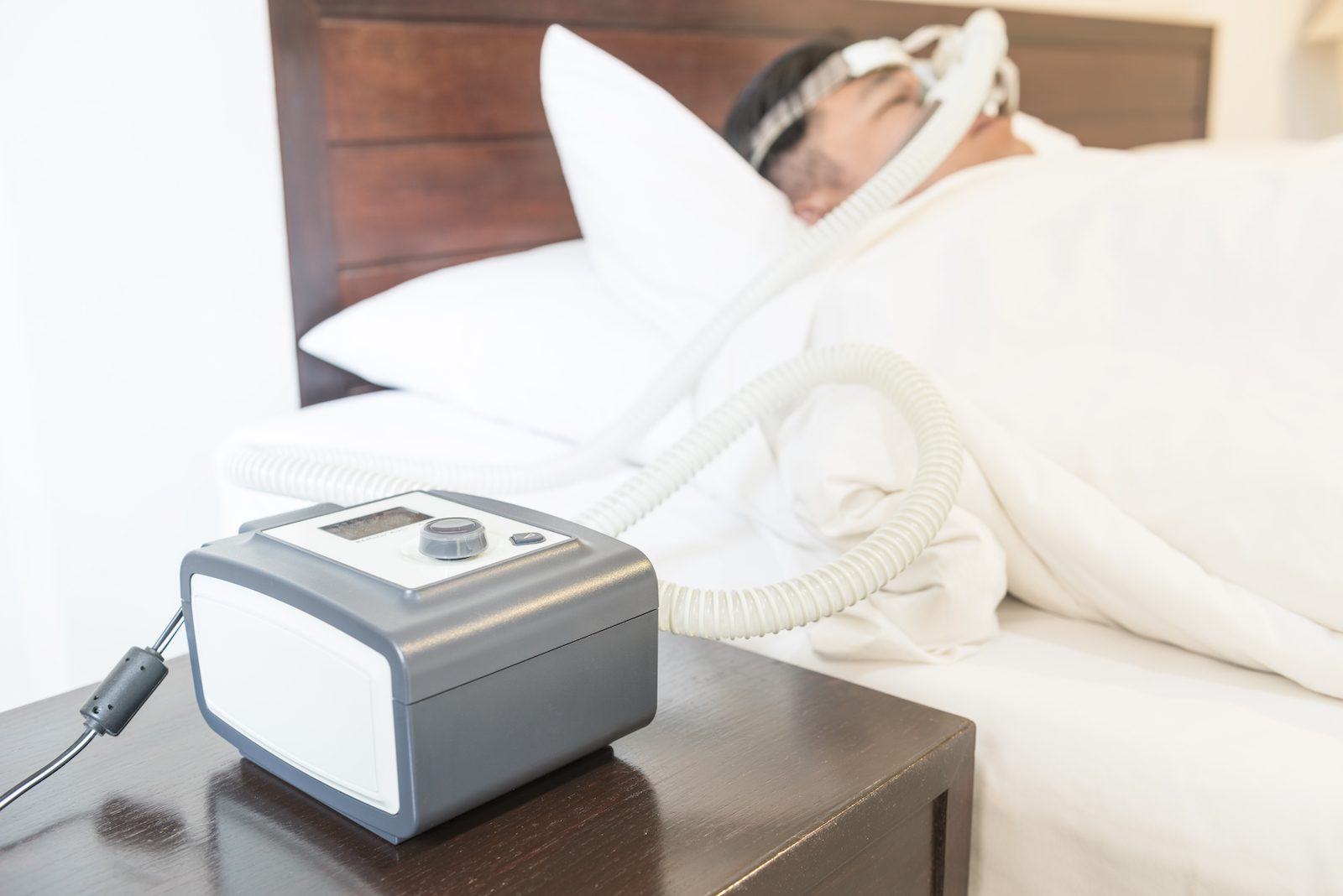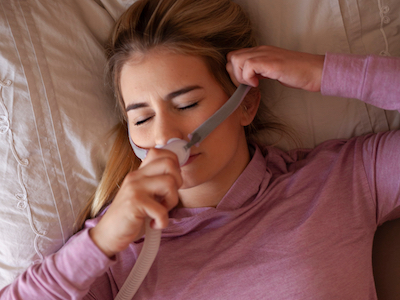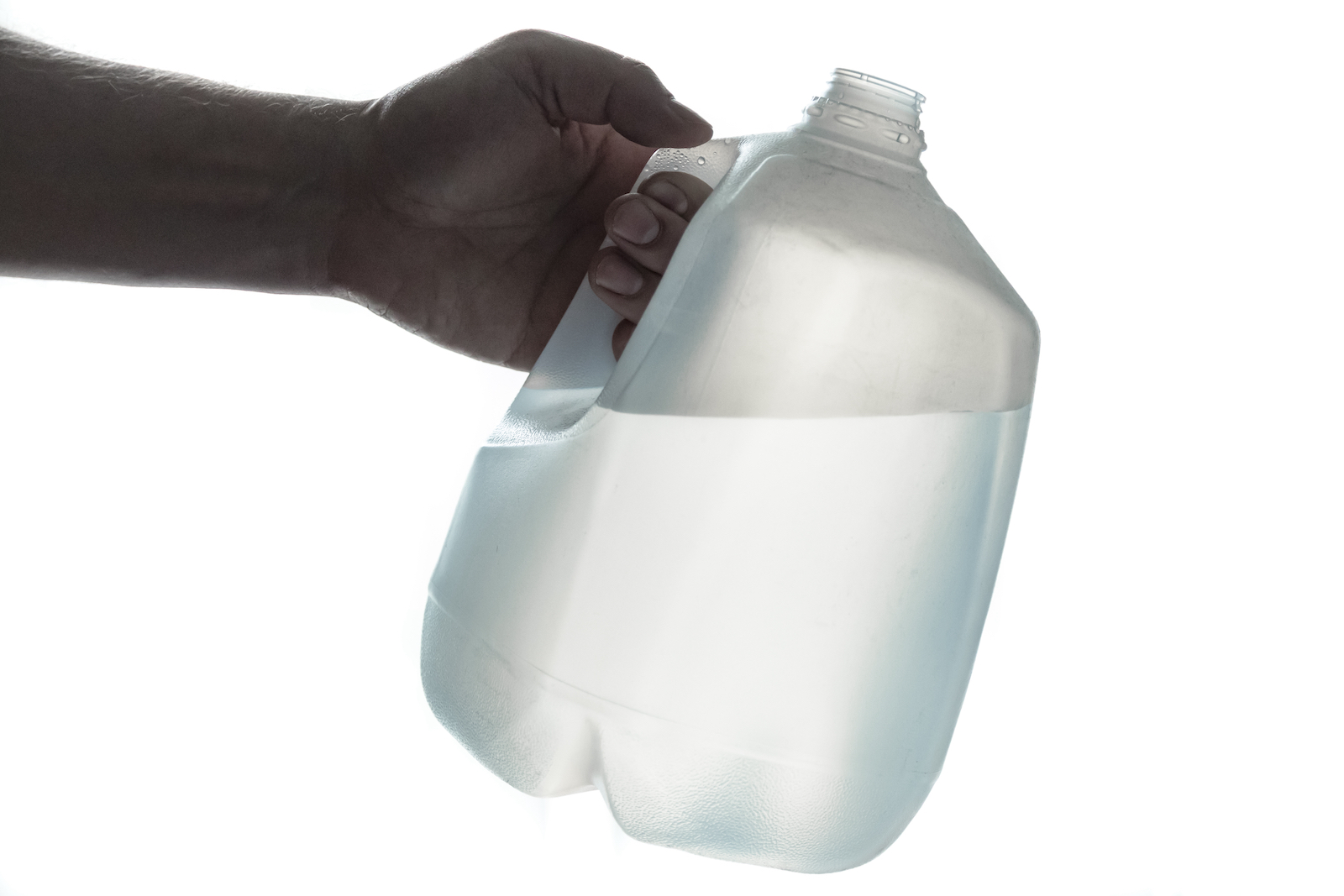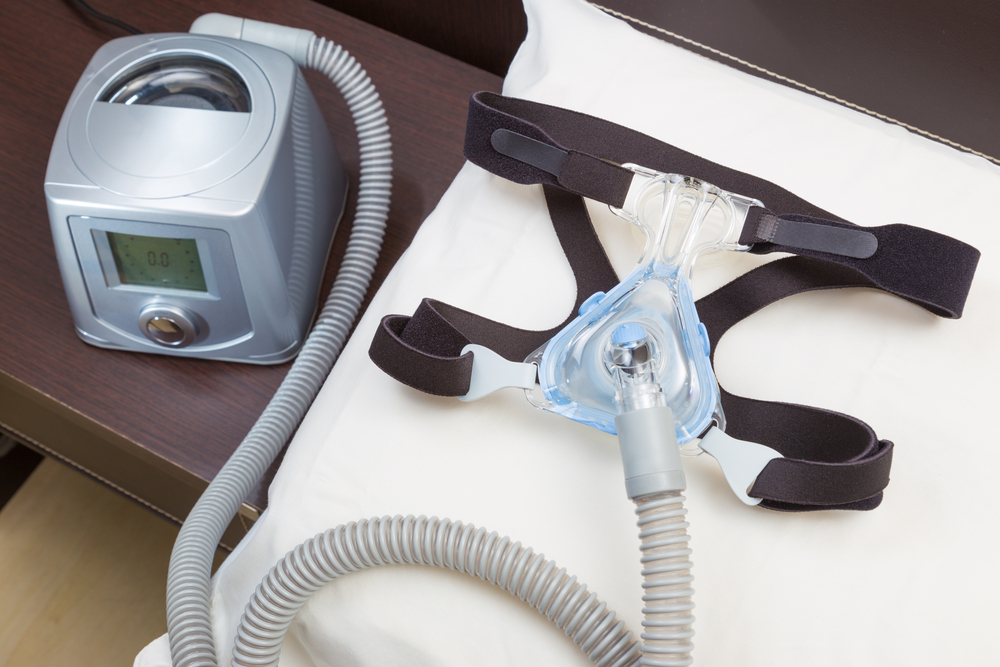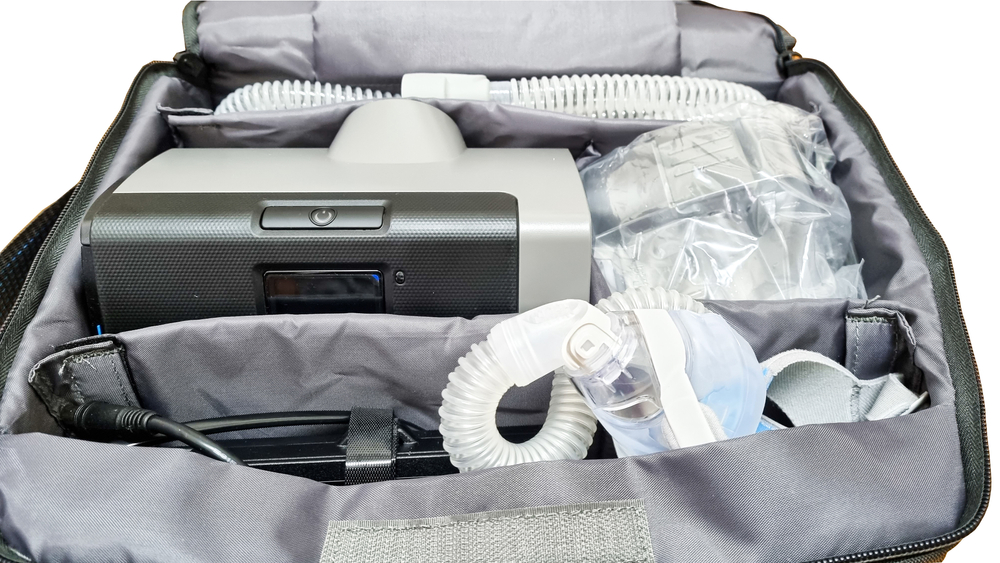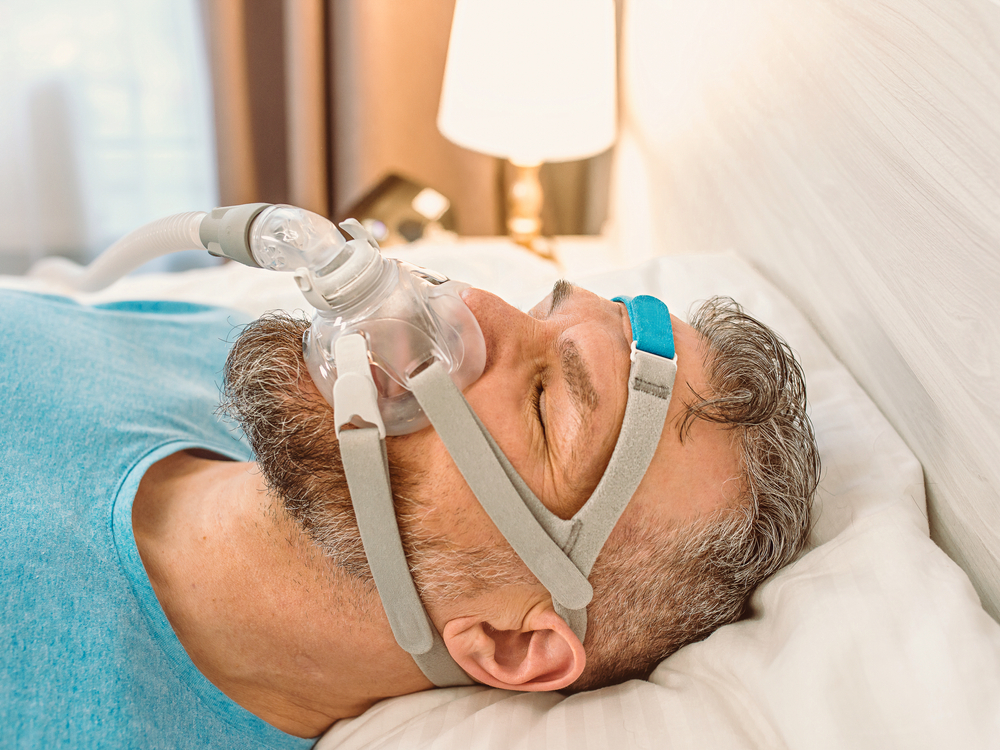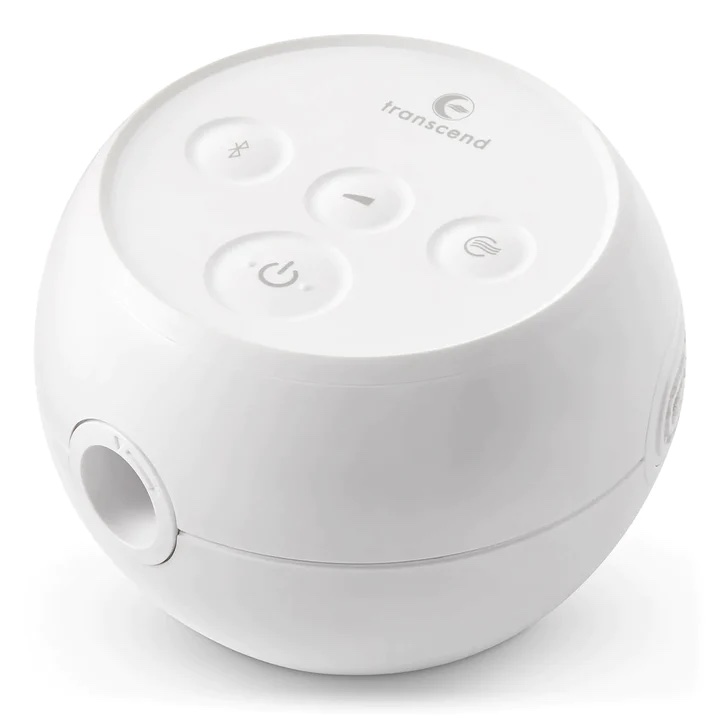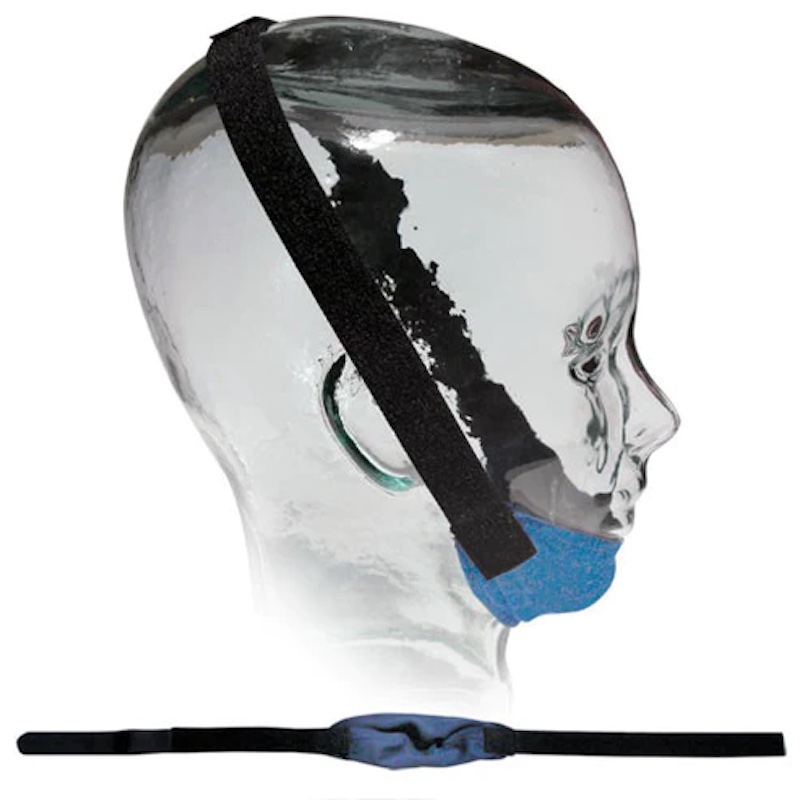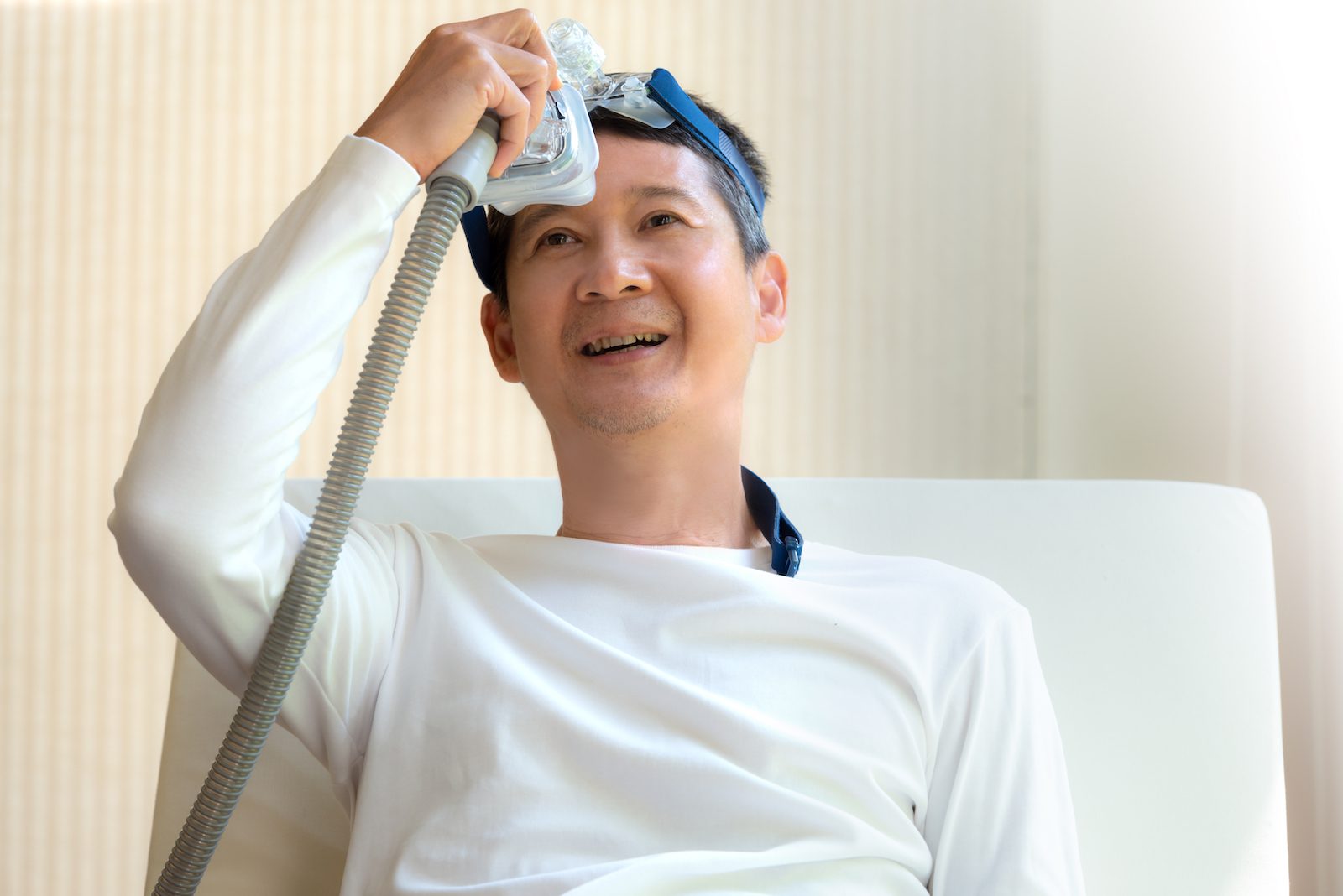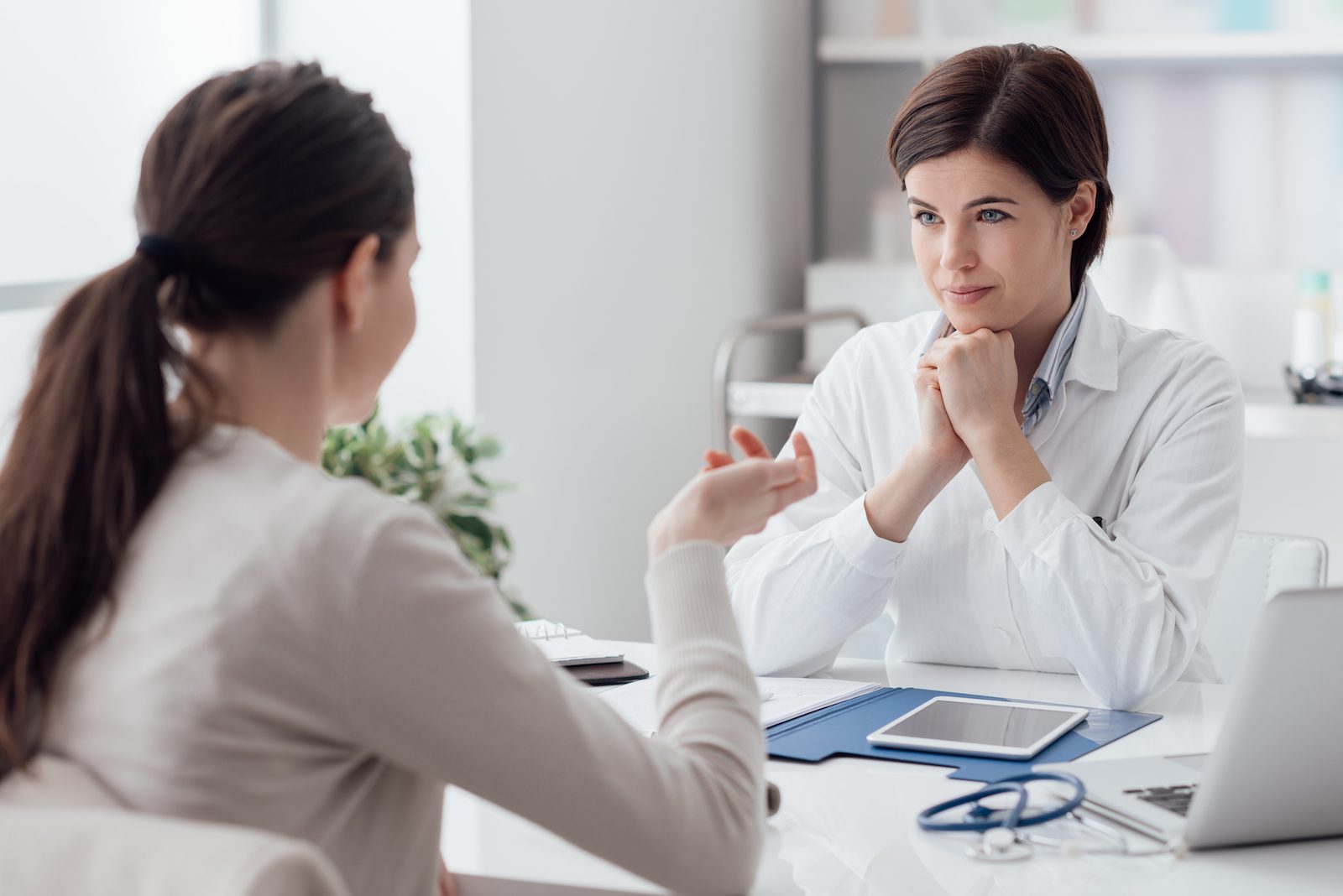About half of people prescribed continuous positive airway pressure (CPAP) treatment for obstructive sleep apnea (OSA) either stop using the treatment, or don't use it as often as recommended. One reason a person might stop using a CPAP machine is because they develop skin issues, including a type of irritation called contact dermatitis.
Because untreated OSA is associated with negative effects ranging from an increased risk of car crashes to an increased risk of heart disease, continuing to use prescribed CPAP therapy is critical.
What Causes CPAP Dermatitis?
Contact dermatitis describes skin inflammation that results from the skin being in contact with something that irritates it or provokes an allergic reaction. When a person has contact dermatitis, their skin may turn red, itch, burn, swell, blister, or crack.
In a person who has developed contact dermatitis in response to a CPAP mask, these effects mostly occur near wherever the mask touches the skin, such as the nose, mouth, or face. Common causes of CPAP Dermatitis include:
- Friction: Your CPAP mask can create friction against the skin, especially if it’s too tight or if you move around during sleep. Continuous rubbing can irritate the skin and lead to dermatitis.
- Moisture: Condensation can accumulate inside the mask, creating a damp environment. Prolonged exposure to moisture can make your skin more susceptible to both contact dermatitis and infection.
- Pressure: If your mask is too tight, it will put excess pressure on certain areas of your face, such as the bridge of your nose, cheeks, and forehead. This pressure can lead to discomfort, skin breakdown, and sores.
- Poor-fitting masks: Wearing a mask that doesn’t fit properly can lead to unnecessary rubbing and pressure against your face – especially on sensitive areas like the bridge of your nose.
- Lack of proper cleaning: Regular cleaning of your CPAP mask is essential to prevent the buildup of dirt, oil, and bacteria. Failure to clean your mask regularly can lead to skin infections and irritations.
How to Prevent and Treat CPAP Dermatitis
If you use a CPAP machine, there are a few strategies you can try to prevent or treat contact dermatitis.
Keep Your Mask Clean
Keeping your CPAP mask clean may help with problems associated with wearing it. Experts recommend cleaning your CPAP accessories and mask using water and mild soap or distilled vinegar as frequently as the manual recommends.
Make Sure Your Mask Doesn’t Have Any Leaks
Sometimes people experience irritant contact dermatitis because an ill-fitting mask leads to air leaks that cause dryness. If you notice air leaking from your mask, adjusting the mask's straps or trying a different style of mask may solve the problem.
Use a Mask Liner
CPAP mask liners help reduce skin irritation by acting as a soft barrier between the mask and your skin. These liners are made from material designed to be gentle on the skin, such as cotton or moisture-wicking fabrics. Liners can also help reduce moisture.
Try a Different Mask
A mask might cause skin irritation because it is too tight, too loose, or otherwise poorly fitted to a sleeper. In rare cases, something the mask is made of, like silicone or another substance, may prompt an allergic reaction. In both cases, trying a different mask type might solve the problem.
Moisturize Before You Use Your CPAP
If you have dry skin, that could make you more likely to experience contact dermatitis from a CPAP mask. Putting on facial moisturizer, or applying a thicker cream or jelly to the areas of your face that the mask touches before going to sleep, may help.
Talk to Your Doctor
If you've tried different remedies for contact dermatitis that you believe is related to your CPAP mask and haven't had success, make an appointment with your doctor. They may be able to better troubleshoot the problem and find a solution that allows you to continue receiving your important CPAP therapy.



